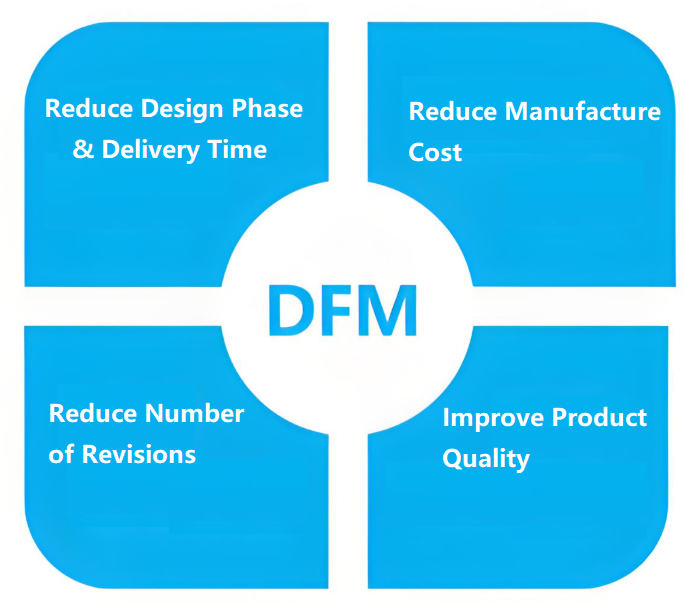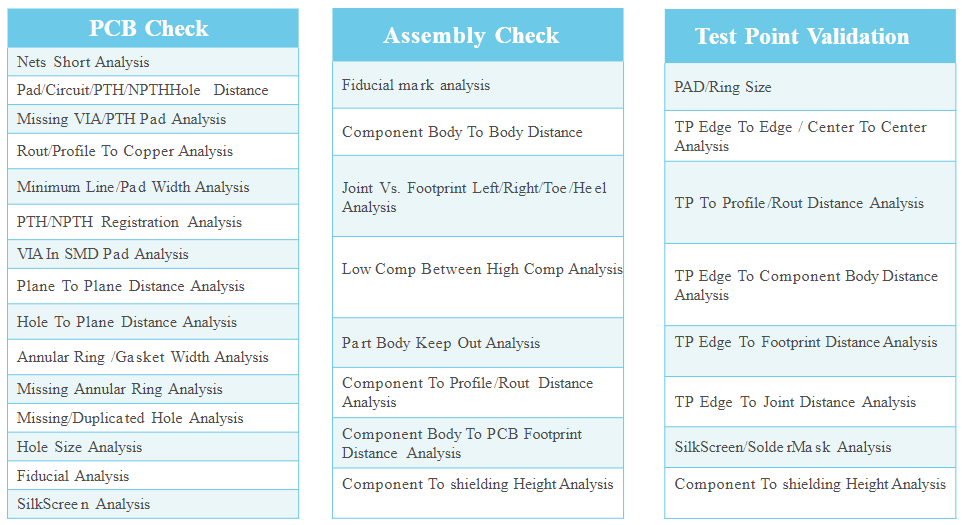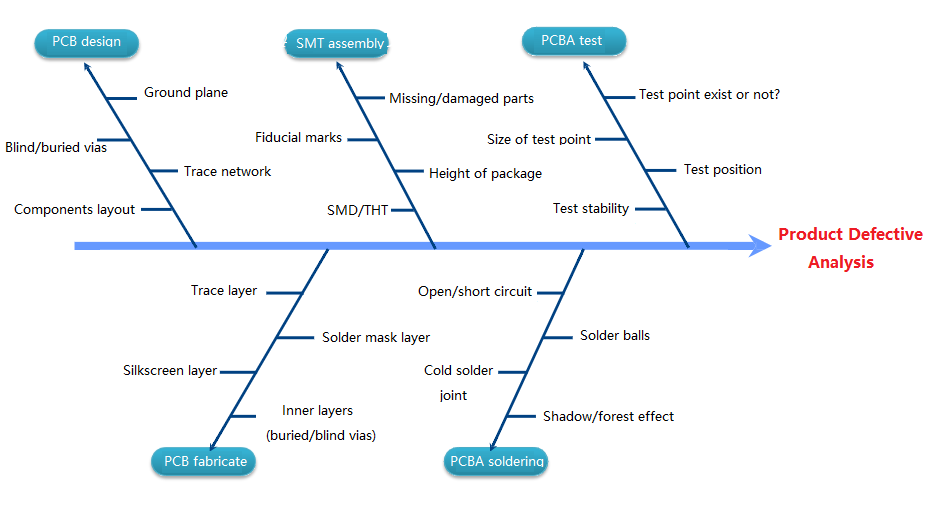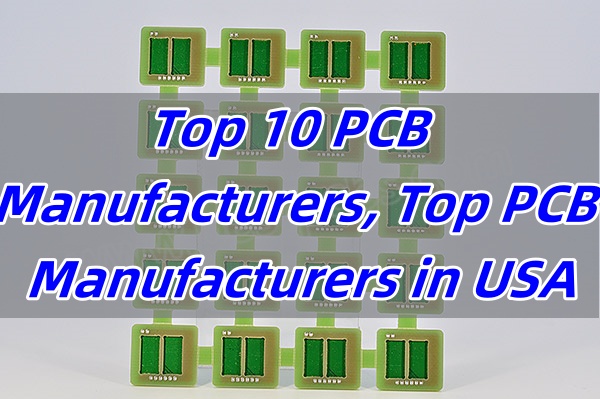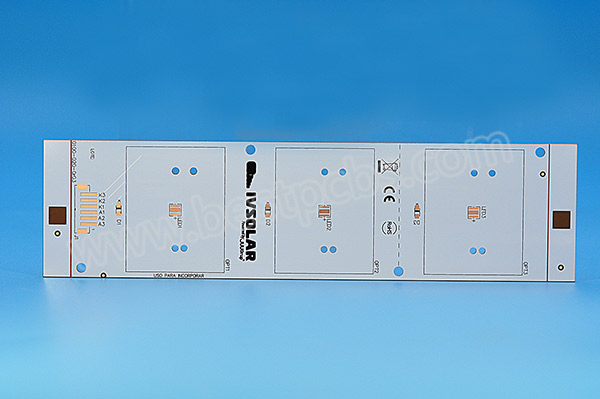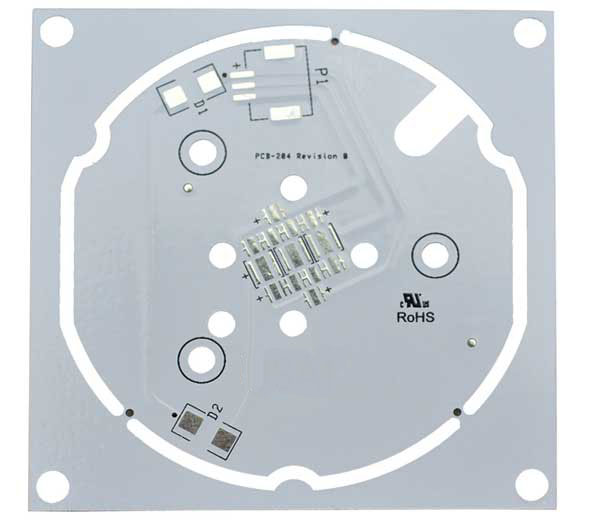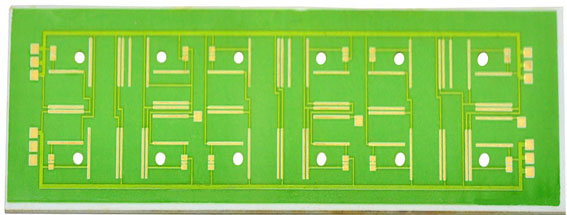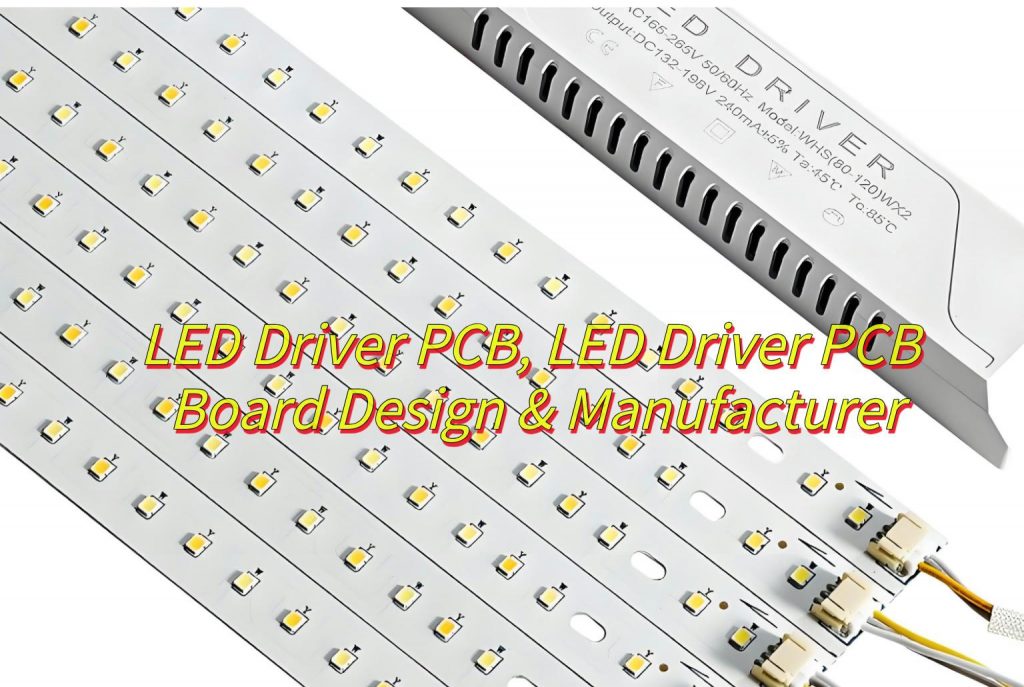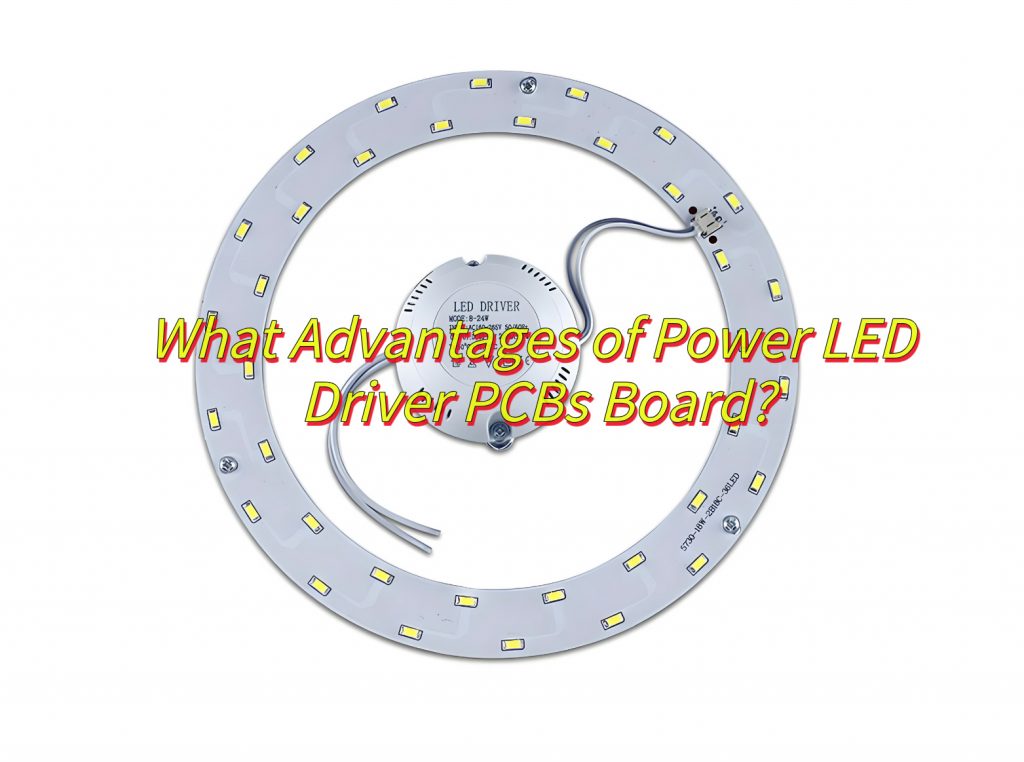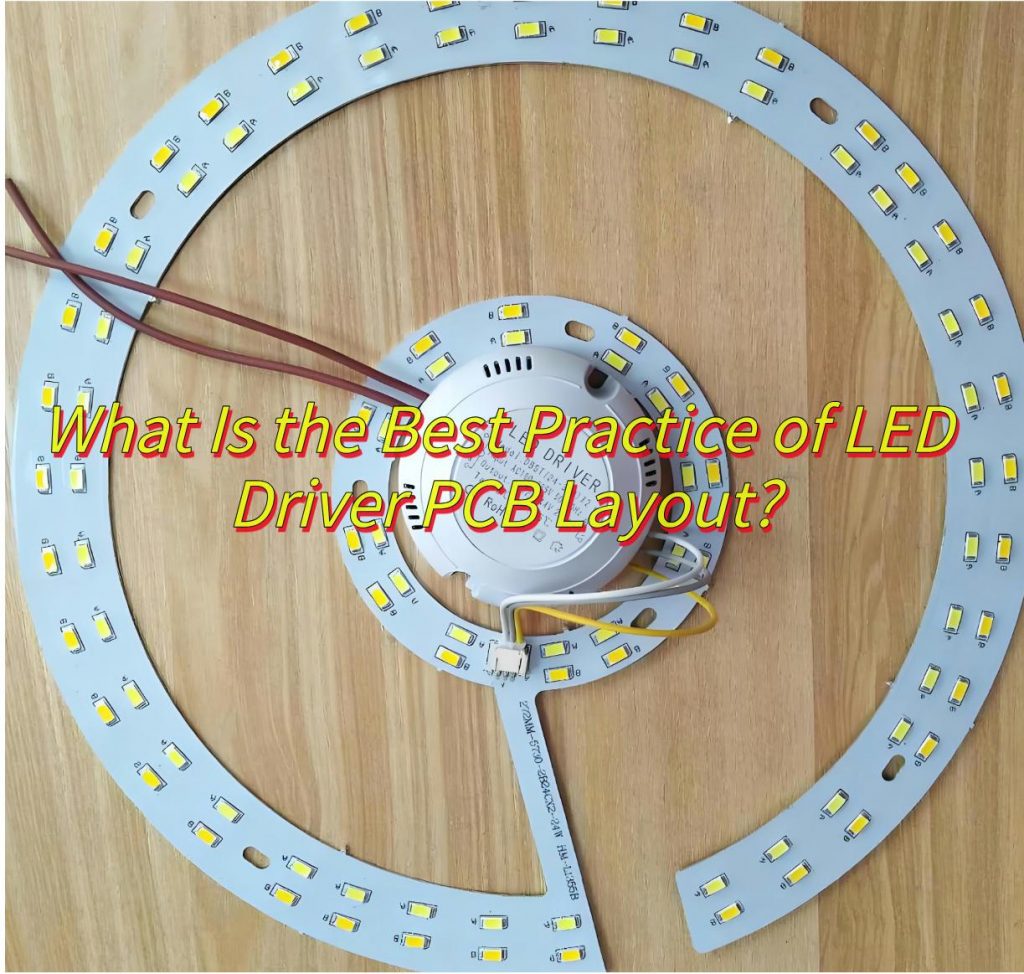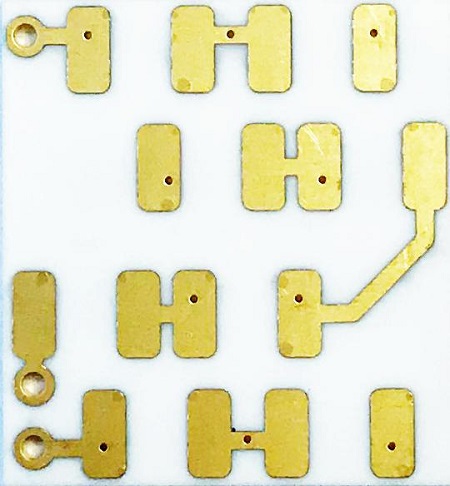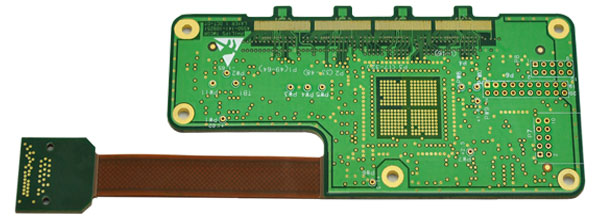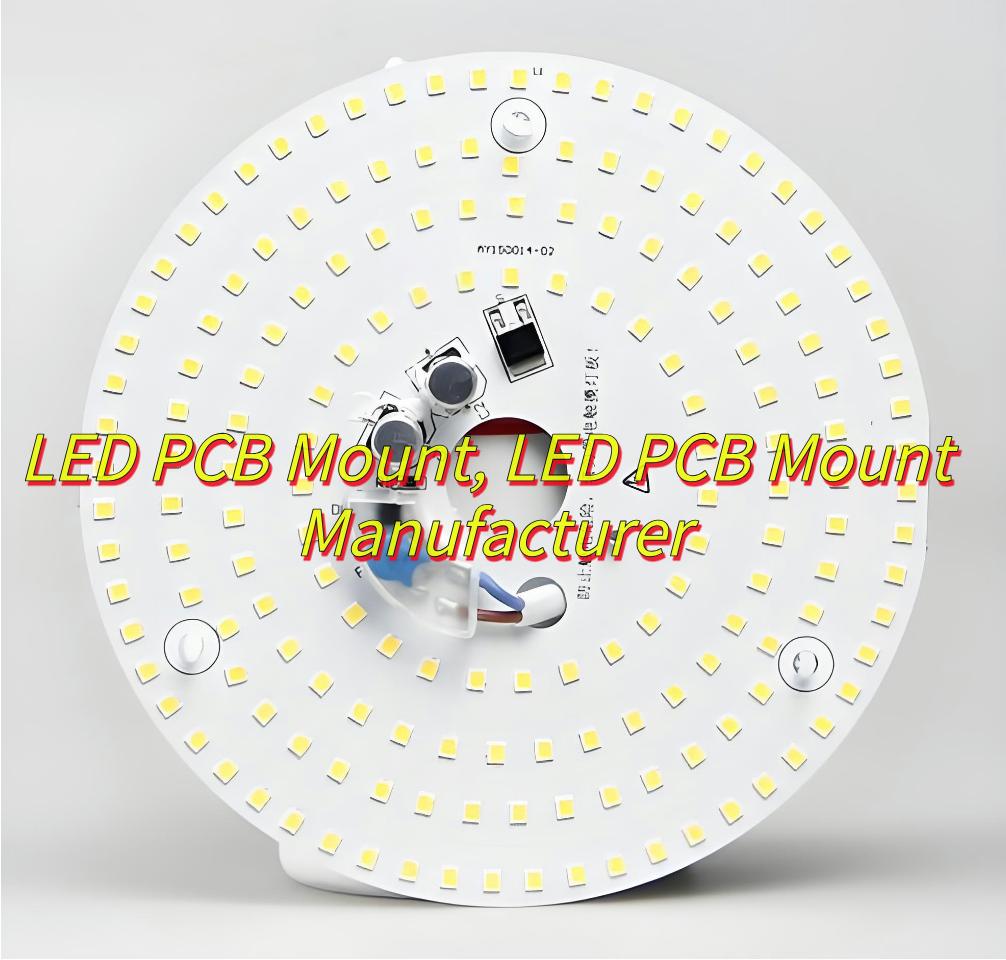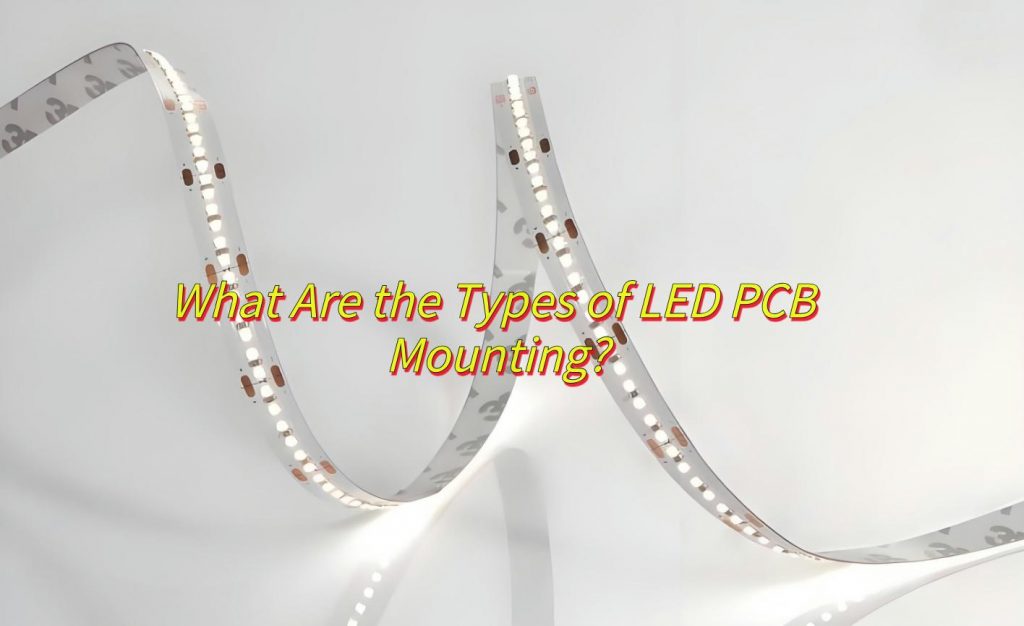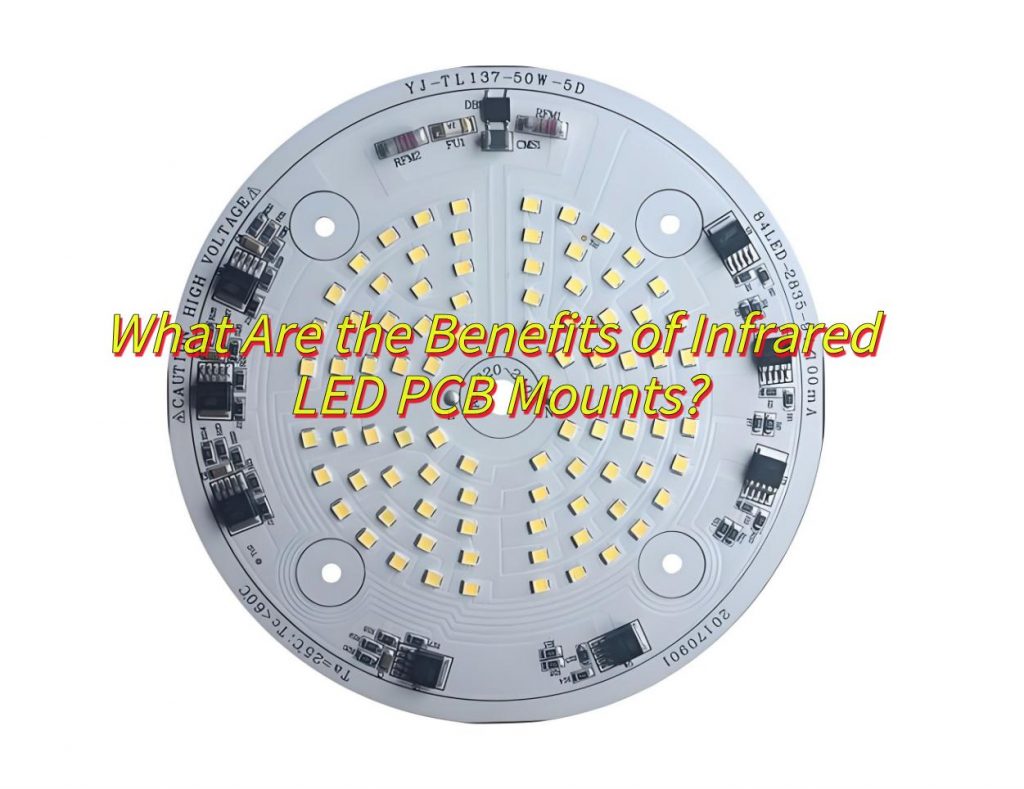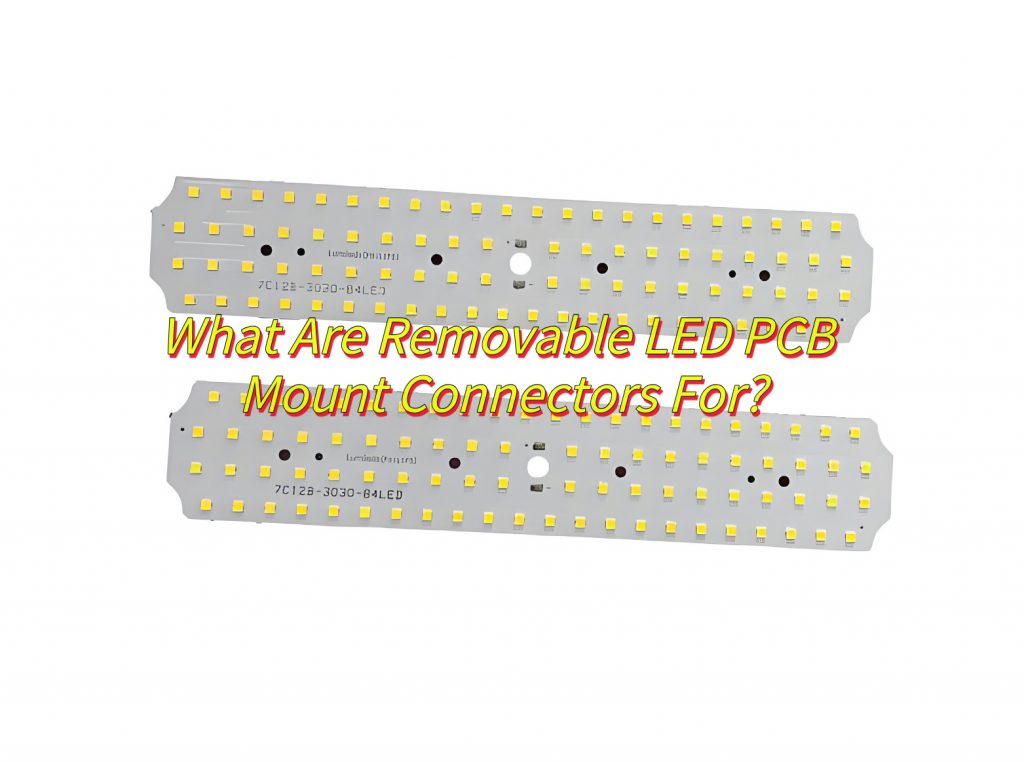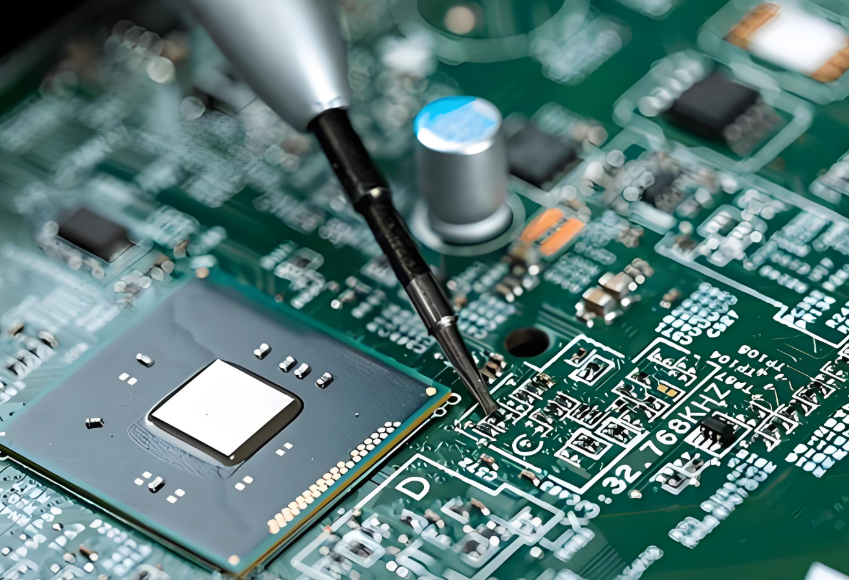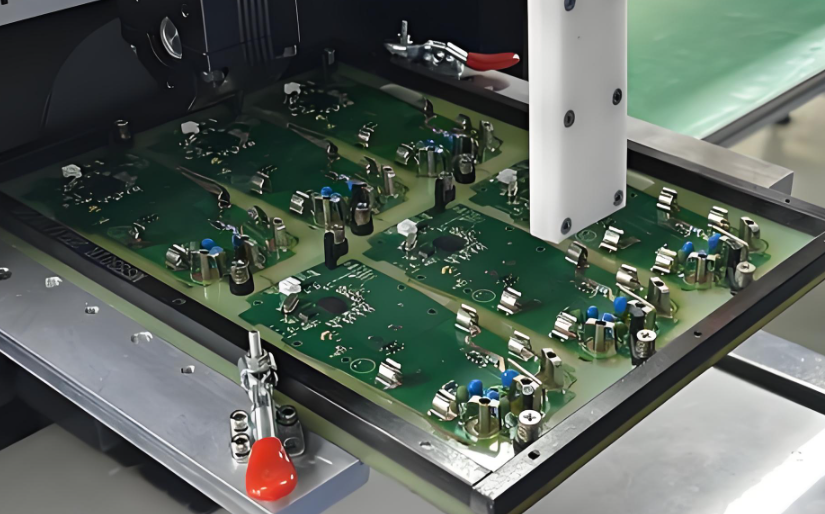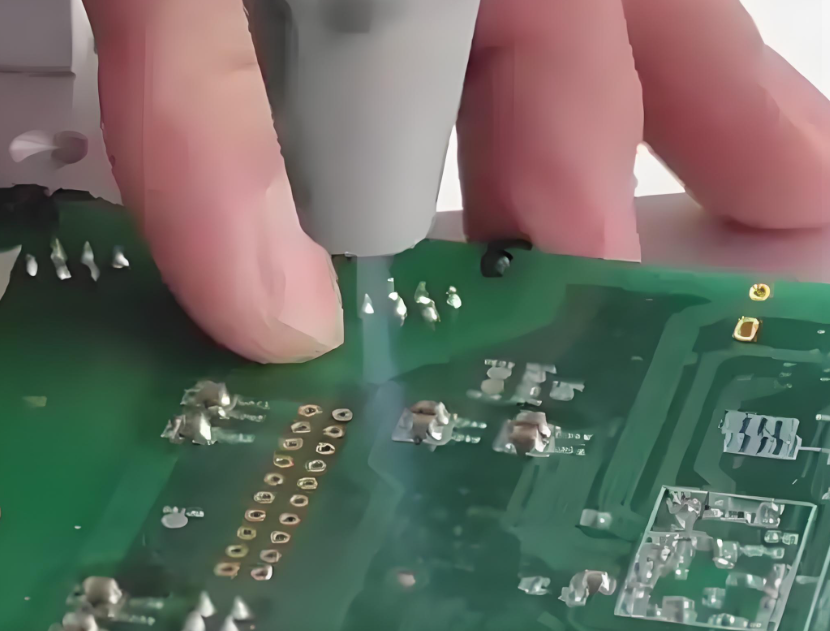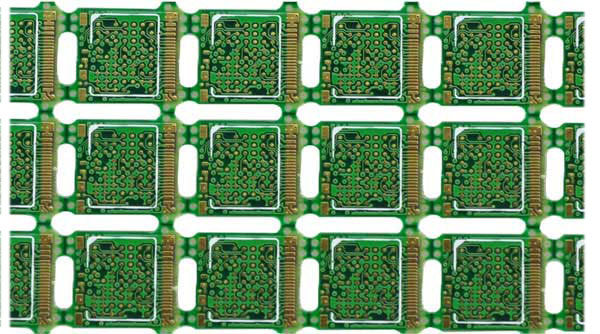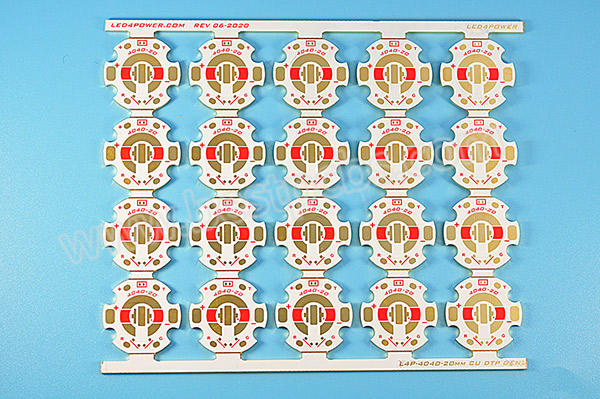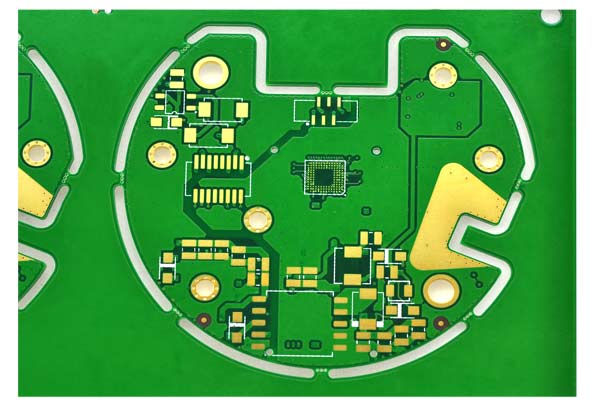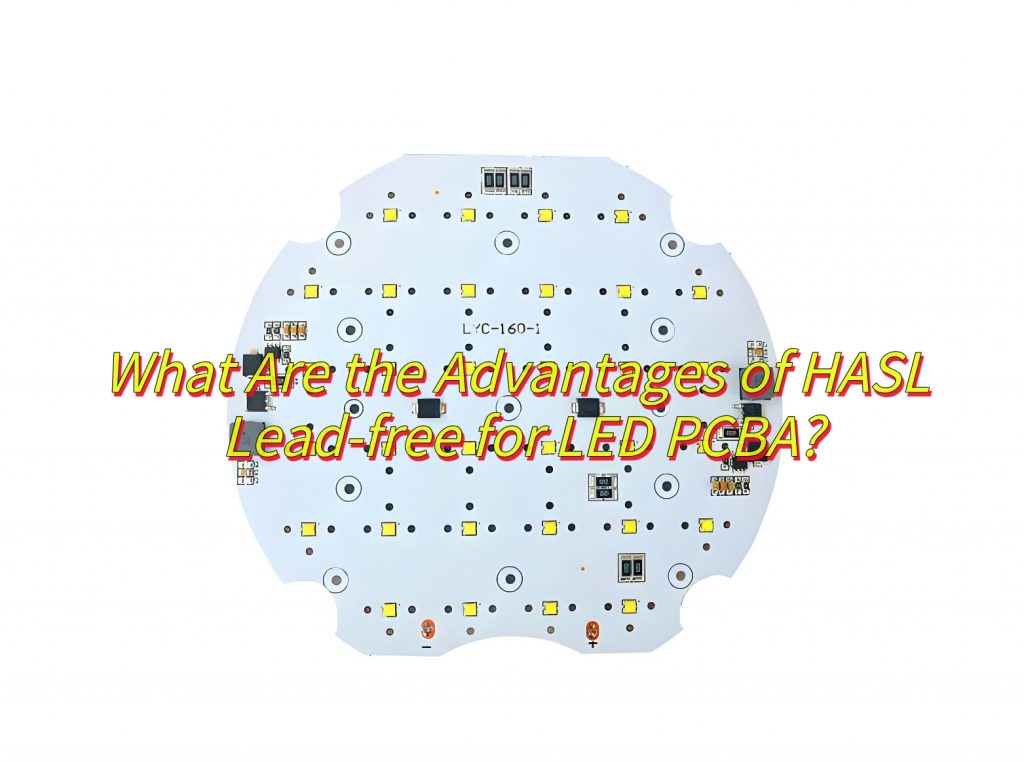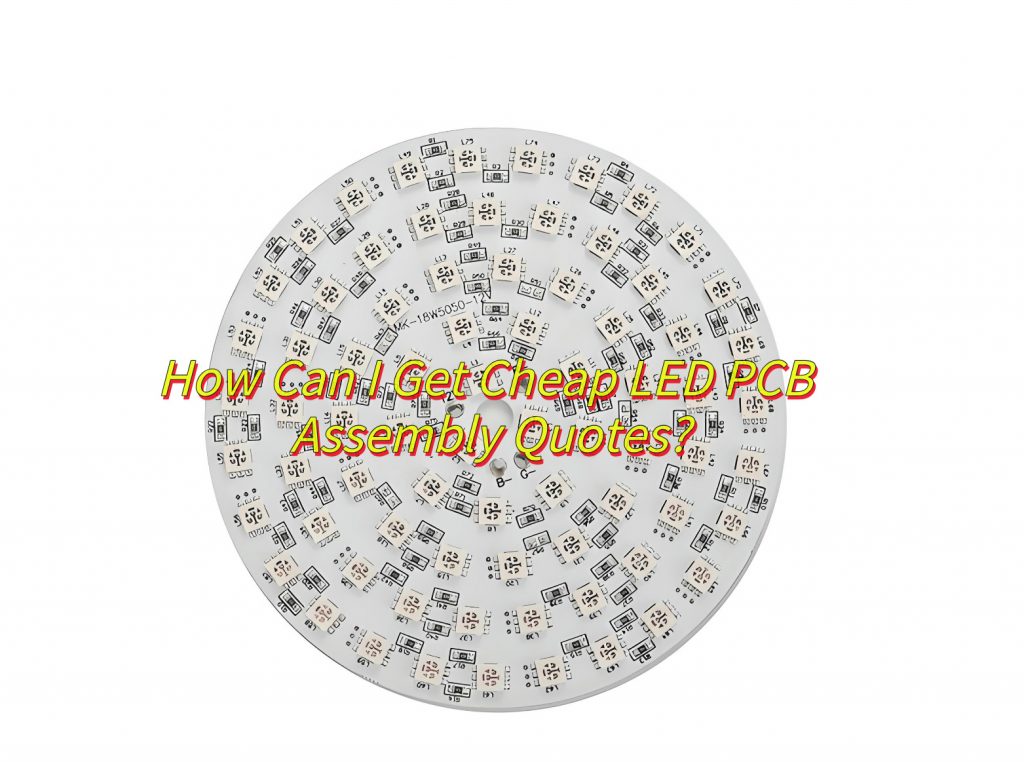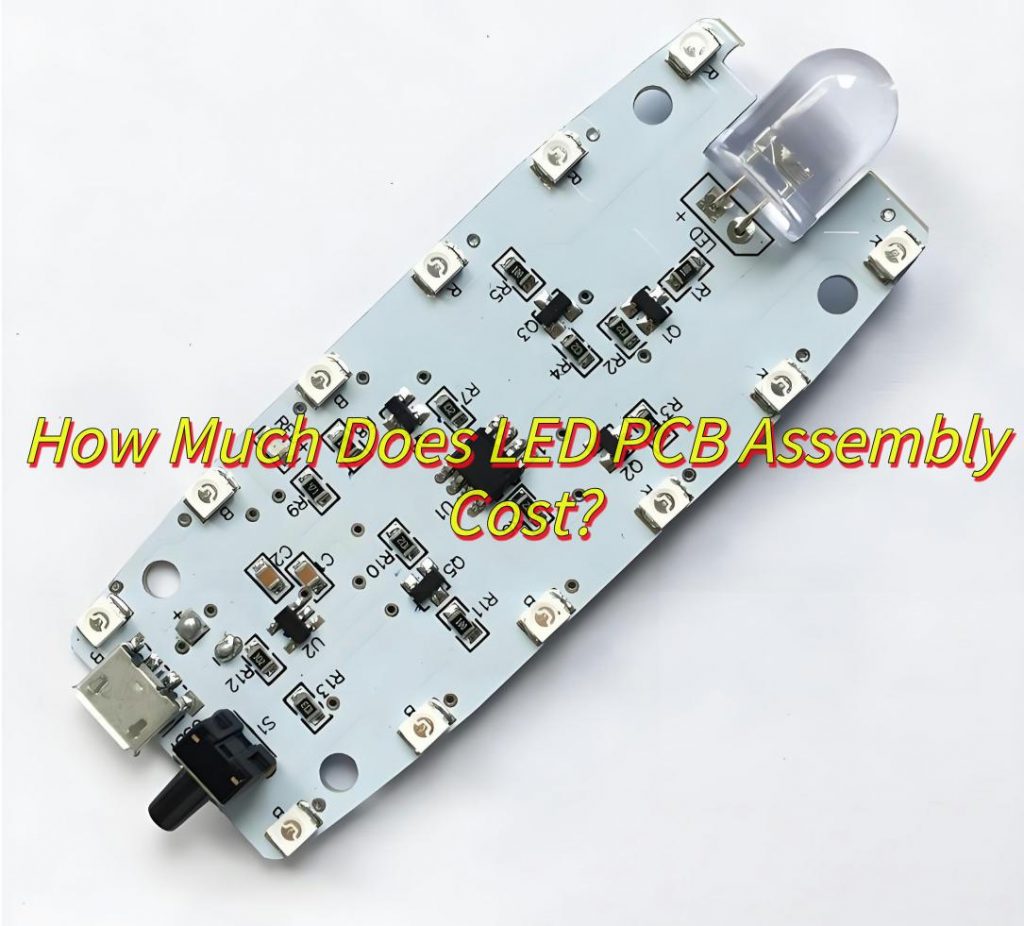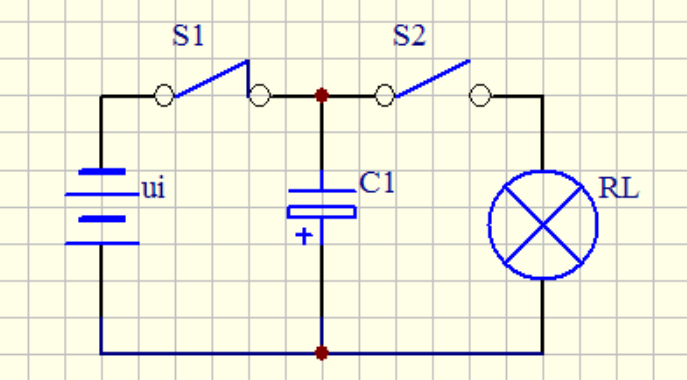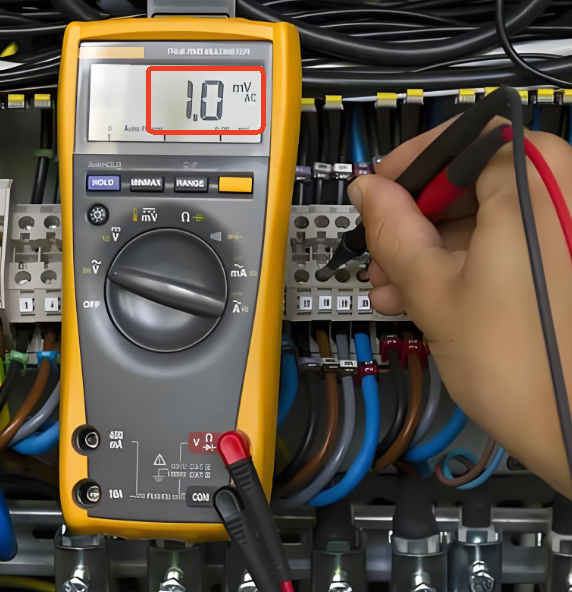PCB prototype manufacturing is the foundation of every successful electronics project. It helps check your circuit design before full-scale production. A solid prototype confirms your board’s layout, function, and structure. Whether you’re building a small sensor or a complex device, starting with a prototype saves time and cost.
As a leading Chinese prototype PCB board manufacturer, Best Technology offers PCB prototype manufacturing, PCB design, PCB fabrication, PCB assembly, flexible circuits, CAD layout services since 2006. Our products include FR4 PCB, ceramic PCB, MCPCB, rigid-flex PCB, and special PCB. The above PCB products from Best Technology are adaptable to your technical specifications. If you have new PCB prototype manufacturing projects, just feel free to contact Best Technology via sales@bestpcbs.com. It’s our pleasure to provide professional PCB prototype manufacturing service to you.

What is a prototype PCB?
A prototype PCB is an early version of a printed circuit board. It‚Äôs made in small quantity to test the design. Engineers use it to check connections, components, and layout. It’s also useful to test heat performance and real-life function. Before investing in mass production, this board helps catch errors. If changes are needed, it‚Äôs cheaper and easier to do it early. Many companies even make two or three versions before finalizing the product.
Prototypes can be basic or complex. Some are simple boards with no parts added. Others are fully assembled with all components. Both types are valuable depending on the project. The goal is to verify function and remove issues early.
How to make PCB prototyping?
The first step is creating a design. Software like Altium, KiCad, or Eagle helps engineers draw the layout. Next, you generate Gerber files. These files tell the factory how to build the board.
Once the design is ready, fabrication begins. A copper layer is placed on a base material. Then, the image of your circuit is transferred onto the copper. Unwanted copper is etched away, leaving your circuit traces. After this, holes are drilled and plated. These connect different layers of the board.
A solder mask is applied next. It protects the copper and gives the board its green or blue color. Labels are printed using silkscreen. At last, components are added to build a working sample. Testing follows to ensure the board works well.
How is a PCB manufactured?
The process of full PCB manufacturing includes these steps:
- Material selection: FR4, aluminum, ceramic, or flexible base
- Laminating copper: Pressing copper onto the base
- Imaging: Circuit layout is printed with UV light
- Etching: Removing extra copper, keeping circuit paths
- Drilling: Making holes for vias and components
- Plating: Coating the holes to connect layers
- Solder mask: Protecting traces from damage
- Surface finish: Adding HASL, ENIG, or other finishes for better soldering
- Silkscreen: Adding part labels, logos, and marks
- Testing: Electrical and visual checks to ensure no faults
This entire process can take from a few hours to several days. It depends on the board’s complexity and quantity. The goal is to create a reliable board that works just like the prototype.

How much does a PCB prototype cost?
Cost depends on many factors. These include board size, number of layers, materials, and surface finish. For example, a simple two-layer board might cost $10 to $50 for a small run. A complex six-layer board might go up to $200 or more. If you choose special materials like aluminum or Rogers, prices go even higher.
Other cost factors include:
- Fast turnaround time
- Number of boards ordered
- Assembly service (adding components)
- Shipping fees
To save money, order multiple boards or plan ahead to avoid rush fees. Working with a trusted manufacturer helps reduce hidden costs too. Always check the full quote before ordering.
What are the top PCB prototype manufacturing companies in Europe?
Europe has strong players in PCB prototyping. Some of the top companies include:
- Eurocircuits (Belgium): Offers online tools, fast service, and great support.
- NCAB Group (Sweden): Known for strict quality and global reach.
- Wurth Elektronik (Germany): Delivers high-end PCBs for automotive and medical use.
- Beta LAYOUT (Germany): Good for low-volume and fast delivery.
These companies are known for attention to detail and strong customer support. They also provide good tracking and fast response for tech questions. For European customers, using local services can mean faster shipping and easier communication.

Which is the best prototype PCB manufacturer in India and the UK?
India:
- Shogini Technoarts (India): Offers wide PCB options and custom designs.
- CIPSA-TEC India (India): Known for prototype and small-batch services.
UK:
- Newbury Electronics (UK): Offers complete PCB solutions and excellent support.
- PCB Train (UK): A popular choice for rapid prototyping in the UK.
Both regions have companies that support startups and small runs. They give strong tech support and short lead times. Local services also reduce customs or import delays.

What PCB prototype machine is used in fast-turn production?
Fast-turn lines use advanced machines to speed up the work. These include:
- LDI (Laser Direct Imaging): Prints circuits quickly with high accuracy.
- CNC Drilling Machines: Drill holes fast and clean.
- AOI (Automated Optical Inspection): Checks for errors early.
- Flying Probe Testers: Test the board’s function without a test fixture.
- Pick-and-Place Machines: Mount parts quickly during assembly.
Modern machines help reduce delays. They also ensure better accuracy, especially in complex boards. Manufacturers that use such equipment can deliver working prototypes in days, not weeks.
Why should you choose Best Technology as your reliable PCB prototype manufacturing partner?
We offer end-to-end services from idea to product. Whether it’s a simple 2-layer or complex multi-layer board, we handle it. Our engineers review every file before starting. This helps avoid issues during production.
- 18+ years of experience: We have provided PCB prototype manufacturing services since 2006. Our engineers have rich experience in PCB prototype manufacturing. There are about 1700 customers across 40 countries cooperating with us.
- Quick-turn options for urgent needs: Best Technology has implemented a 2-3 weeks delivery time policy for better serving the customers. The goods can be delivered within 24 hours for emergency cases.
- Strict quality control with full inspection: Our Printed Circuit Board manufacturing facility is in China, backed by ISO9001, ISO13485, IATF16949, AS9100D certification, and REACH, RoHS, and UL approval. We believe quality is the first. Every workflow is compliant with ISO quality standards.
- Flexible services from bare board to full assembly: Best Technology provides including PCB fabrication to full tun-key assembly service. Whether you need PCB prototype manufacturing or turnkey EMS PCB manufacturing, you can consult with Best Technology for tailored solutions.
- One-stop support for all industries: Best Technology provides one-stop service, including PCB component purchasing and all-around technical support before and after sales. Any doubts or worries about PCB projects, you can feel free to discuss them with us. Our professional engineers will always be of service to you.
Best Technology also guides you through every step. From quoting to shipping, you stay informed. Many of our customers come back for repeat orders because they trust our quality. A prototype is your project’s first real form. It helps you test your concept before spending more. It’s our great pleasure to provide with you PCB prototype manufacturing service. So that you can spot design flaws, improve layout, and test heat behavior. This saves both time and money.

To sum up, PCB prototype manufacturing is more than just a step in the design process‚ÄĒit’s a vital phase that shapes the success of the final product. From early testing to fast-turn iterations, prototyping gives customers the chance to refine and improve before going into full production. Whether you need support from a local partner in Europe or a fast delivery from a trusted manufacturer in Asia, there are reliable options available.
If you need a PCB prototype online, just send us your files via sales@bestpcbs.com, our team will review them and give advice within 12 hours. Customer‚Äôs trust is our treasure. It‚Äôs our pleasure to ensure our product’s quality and finish the PCB prototype manufacturing within your delivery time requirement. We are in the PCB industry along 18 years. Customers give us good reviews. So no hidden charges, no surprises.



